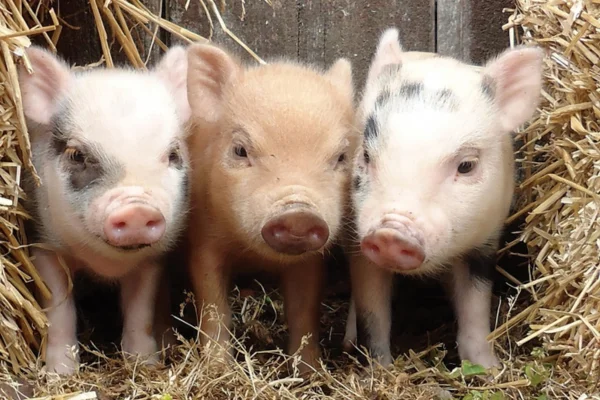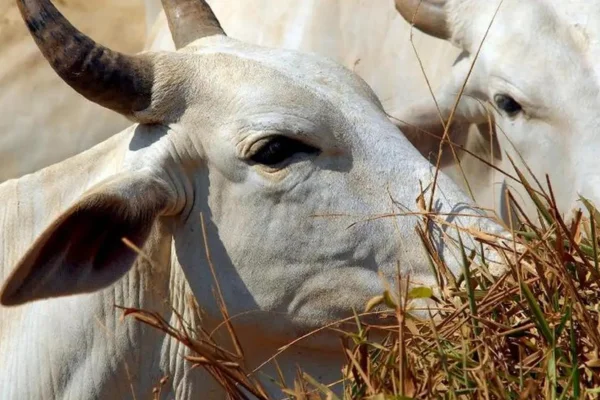Siberian Husky: Beauty and Endurance from the Frozen North
When it comes to majestic and captivating dogs, the Siberian Husky certainly stands out. With its mesmerizing eyes, dense coat and independent personality, this dog not only wins hearts, but also tells a rich and fascinating story of adaptation and survival. In this article, we'll explore the unique characteristics of the Siberian Husky, its history, care requirements and curiosities that make this breed one of the most beloved in the world.
Origin and History
The Siberian Husky has its roots in the icy regions of Siberia, where it was bred by the Chukchi people, a nomadic tribe who relied on these dogs for transportation and companionship. The Chukchi needed dogs that were robust and resistant to the extreme cold, capable of traveling long distances with heavy loads. It was against this backdrop that the Siberian Husky developed its remarkable abilities and characteristics.
During the early 20th century, Huskies were taken to Alaska to compete in sled dog races, where they quickly gained fame for their speed and endurance. The most famous race, the Iditarod Trail Sled Dog Race, still celebrates the heritage and skill of these remarkable dogs today.
Contents
Physical characteristics
Siberian Huskies are known for their distinctive appearance. They have a double, dense coat made up of a soft inner layer and a thicker, water-resistant outer layer, which protects them from extremely cold temperatures. Coat colors vary widely, including black, white, grey, red and brown, often with distinct markings on the face.
The Husky's eyes are another striking feature. They can be blue, brown or even heterochromatic (each eye of a different color). These expressive eyes contribute to the impression of intelligence and sagacity that the breed conveys.
Physically, Huskies are medium-sized dogs, with males weighing between 20 and 27 kilos and females between 16 and 23 kilos. They have a muscular and well-proportioned body structure, developed to withstand the arduous work of pulling sledges over long distances.

Personality and Behavior
Siberian Huskies are famous for their independent personality and adventurous spirit. They are extremely intelligent dogs, but this intelligence often translates into a peculiar stubbornness. This can make training a challenge, requiring patience and consistency from owners.
These dogs are sociable and enjoy being in the company of people and other animals. They are known for their friendly nature and rarely show aggression. However, their hunting instinct can be strong, and it is important to socialize them properly from puppyhood.
The Husky's energy is inexhaustible. They need regular, intense exercise to stay healthy and happy. Long walks, runs and playtime are essential to avoid destructive behavior due to boredom.
Essential care
Having a Siberian Husky as a companion requires dedication and knowledge of its specific needs. Here are some important points to consider:
Physical exercise: Huskies need a lot of physical activity. Without adequate exercise, they can become bored and develop problematic behaviors. In addition to daily walks, activities such as running, playing and even taking part in dog sports are recommended.
Environment: Although they are adaptable, Huskies prefer cooler climates due to their dense coat. In hot regions, it is essential to provide a cool environment and enough shade to prevent overheating. Frequent bathing is not necessary, but regular brushing will help keep their coat healthy and control shedding.
Training: Due to their independent nature, training a Husky can be a challenge. It is essential to start training and socialization from an early age, using positive reinforcement methods. Consistency and patience are key to raising a Husky properly.
Diet: A balanced and nutritious diet is crucial to maintaining the health and energy of Huskies. High-quality protein-rich food is recommended. The amount of food should be adjusted according to each dog's activity level and metabolism.

Curiosities about the Siberian Husky
- Heterochromia: The condition of having different colored eyes is relatively common in Huskies. It doesn't affect the dog's vision and contributes to its unique charm.
- Escape Instinct: Huskies are known for their escape abilities. They are masters at digging, jumping fences and finding ways to escape from backyards, so it's important to ensure that their environment is safe and escape-proof.
- Vocalization: Unlike many other breeds, Huskies don't bark very often. Instead, they communicate through howls and vocalizations that can sound like a conversation. These sounds are a form of communication inherited from their wolf ancestors.
- Cold resistance: Thanks to their dense coat, Huskies can withstand extremely low temperatures, often down to -50°C. This makes them ideal for cold climates and snow activities.
- Heroic History: One of the most memorable moments in the history of Huskies took place in 1925, when a team of sleds pulled by Huskies crossed hundreds of kilometers in Alaska to deliver diphtheria serum to an isolated town. This race against time saved many lives and is celebrated to this day in the Iditarod race.
Final considerations
The Siberian Husky is a breed that combines beauty, intelligence and a rich history of endurance and companionship. Having a Husky as part of the family is a commitment that requires dedication, patience and a deep understanding of its needs and characteristics.
For those willing to embrace the challenge, the Husky offers unwavering loyalty and a captivating personality that will certainly enrich the life of any owner. Be prepared for many adventures and for a companion who will never cease to surprise and delight with his unique energy and charm.








